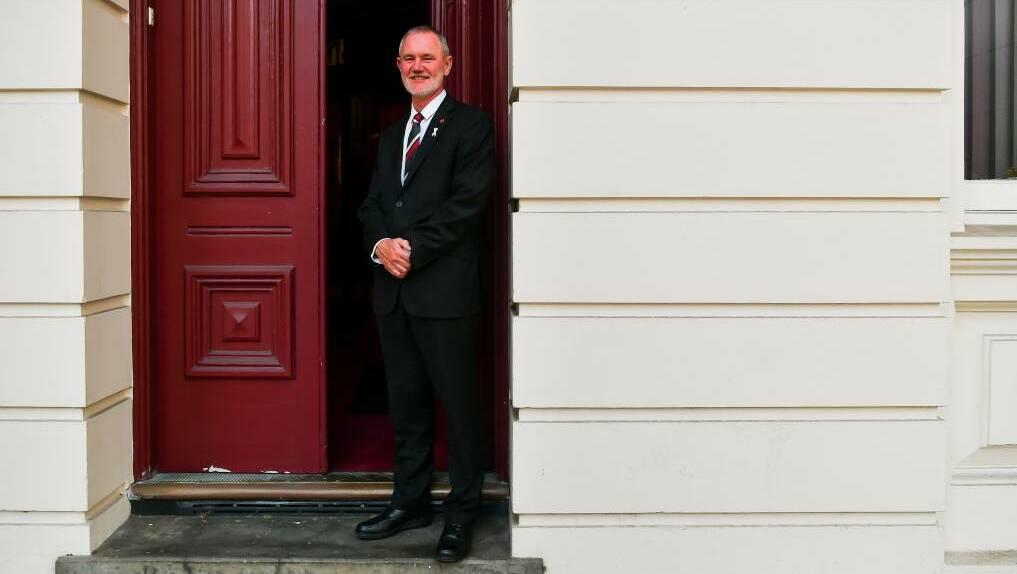The future of UTAS Stadium is a key consideration for Northern Tasmania.
Subscribe now for unlimited access.
$0/
(min cost $0)
or signup to continue reading
The stadium has provided an enormous advantage to Launceston, allowing us to showcase high quality local and professional sport and to create new sporting pathways for our youth.
In 2019 alone, major events at the stadium attracted more than 83,000 people, and the facility generates an estimated $30m worth of economic activity in Northern Tasmania each year.
UTAS Stadium is more than just a sporting venue. It plays a critical role driving visitation and tourism - and supporting employment - within our region.
However, the stadium is approaching a pivotal period for its future.
That is why the City of Launceston last week endorsed the stadium's Future Directions Plan - a comprehensive review of new governance models for the stadium, as well as future development opportunities.
There is increasing community demand for contemporary sporting infrastructure, and indoor sporting facilities in Launceston, with some of our existing facilities dating from the 1960s.
We also know the current governance model - with the City of Launceston as the primary manager and funding contributor - is unsustainable.
While UTAS Stadium is widely regarded as one of the best facilities of its kind in the nation, the Future Directions Plan seeks to cement its reputation as a truly first-class regional stadium.
The plan aims to address a shortfall in the quantity and quality of indoor sporting venues in Launceston, and to bolster UTAS Stadium's role as Tasmania's premier sporting facility.
It aims to expand the content the stadium provides, to better cater for sports like A-League soccer, AFL - including potentially a Tasmanian AFL Team - basketball including NBL, netball, futsal, badminton, State League Football, cricket and many more.
It also seeks to diversify the stadium's offering as an events facility for conferences, concerts, performances and shows.

A high-performance sports centre would be constructed along with indoor training and recovery spaces.
An adjoining 5000-seat, multi-use indoor sports facility would be built, capable of hosting national-level sporting competitions and events.
The plan also includes a proposal to move the stadium to a new governance model, with the council divesting ownership to a trust.
This plan is a significant reimagining of what the stadium offers and how it could be managed into the future.
Through the Launceston City Deal, the council will now work with stakeholders to secure support for this project.
- Albert van Zetten is the mayor of Launceston

